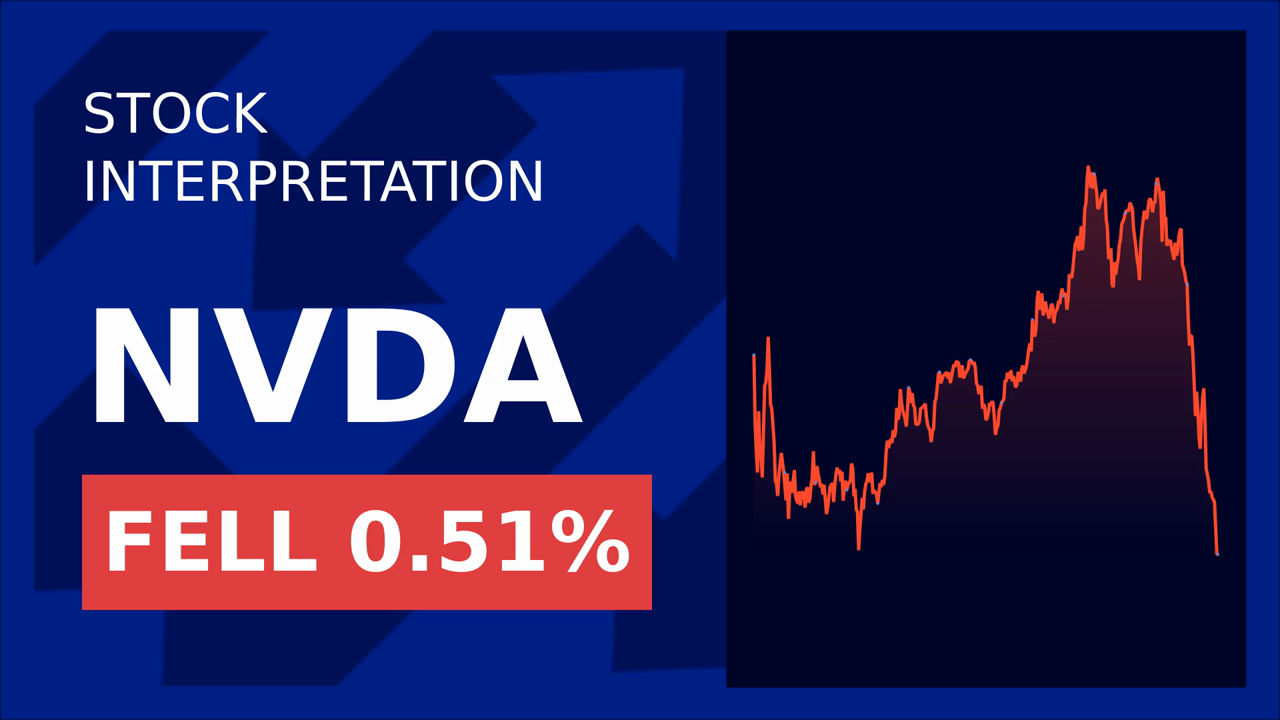Nvidia's Third Quarter Surge: A Recipe for Future Success?
Monday, Nov 25, 2024 4:17 am ET
Nvidia's third-quarter earnings report has once again reinforced the company's dominance in the AI and graphics processing unit (GPU) market. With revenue surging 94% year-over-year and net income more than doubling, the tech giant has proven its ability to capitalize on the growing demand for AI infrastructure and accelerated computing. But what does this mean for Nvidia's stock price in the coming months, and how can investors capitalize on this momentum?

Historical data suggests that Nvidia's stock tends to experience a temporary dip in December following its third-quarter earnings, with an average decline of 1.84% over the past decade. This seasonal trend, often attributed to year-end profit-taking, offers an intriguing opportunity for investors.
Despite the short-term weakness, Nvidia's stock has consistently rebounded strongly in the following year. Over the past decade, the company's shares have posted average gains of 5.5%, 9.5%, and 6.0% in January, February, and March, respectively. This cyclical pattern presents a strategic buy-and-sell approach for investors looking to maximize profits.
By employing a strategic buy-and-sell approach, investors can capitalize on Nvidia's cyclical stock price trends. Historically, the best time to buy Nvidia shares has been in late December or early January, while the optimal time to sell has been in May, when the stock typically reaches its peak during the bullish cycle.
Investors should also consider the influence of Nvidia's competitors and industry peers on its stock price trends. While AMD is a notable rival, the broader semiconductor industry dynamics and seasonal performance patterns play a significant role in shaping Nvidia's stock price trends.
In conclusion, Nvidia's third-quarter earnings beat market expectations, driven by robust demand for AI infrastructure and accelerated computing. While the stock may experience a temporary dip in December due to seasonal profit-taking, historical data suggests a strong rebound in the following year. Investors can capitalize on this cyclical pattern by employing a strategic buy-and-sell approach, buying shares in late December or early January and selling at the peak of the bullish cycle in May. This strategy leverages the seasonal patterns in Nvidia's stock price, enabling investors to potentially capitalize on its cyclical trends.

Historical data suggests that Nvidia's stock tends to experience a temporary dip in December following its third-quarter earnings, with an average decline of 1.84% over the past decade. This seasonal trend, often attributed to year-end profit-taking, offers an intriguing opportunity for investors.
Despite the short-term weakness, Nvidia's stock has consistently rebounded strongly in the following year. Over the past decade, the company's shares have posted average gains of 5.5%, 9.5%, and 6.0% in January, February, and March, respectively. This cyclical pattern presents a strategic buy-and-sell approach for investors looking to maximize profits.
NVDA Basic EPS, Basic EPS YoY
By employing a strategic buy-and-sell approach, investors can capitalize on Nvidia's cyclical stock price trends. Historically, the best time to buy Nvidia shares has been in late December or early January, while the optimal time to sell has been in May, when the stock typically reaches its peak during the bullish cycle.
Investors should also consider the influence of Nvidia's competitors and industry peers on its stock price trends. While AMD is a notable rival, the broader semiconductor industry dynamics and seasonal performance patterns play a significant role in shaping Nvidia's stock price trends.
In conclusion, Nvidia's third-quarter earnings beat market expectations, driven by robust demand for AI infrastructure and accelerated computing. While the stock may experience a temporary dip in December due to seasonal profit-taking, historical data suggests a strong rebound in the following year. Investors can capitalize on this cyclical pattern by employing a strategic buy-and-sell approach, buying shares in late December or early January and selling at the peak of the bullish cycle in May. This strategy leverages the seasonal patterns in Nvidia's stock price, enabling investors to potentially capitalize on its cyclical trends.

_b905d9341749265671656.jpg)








